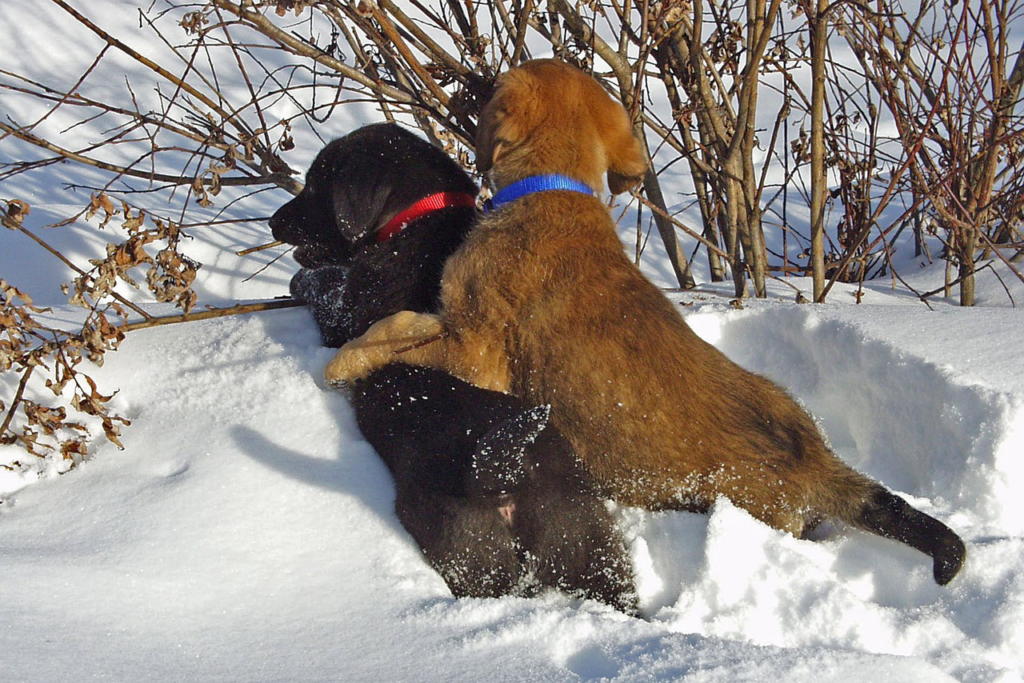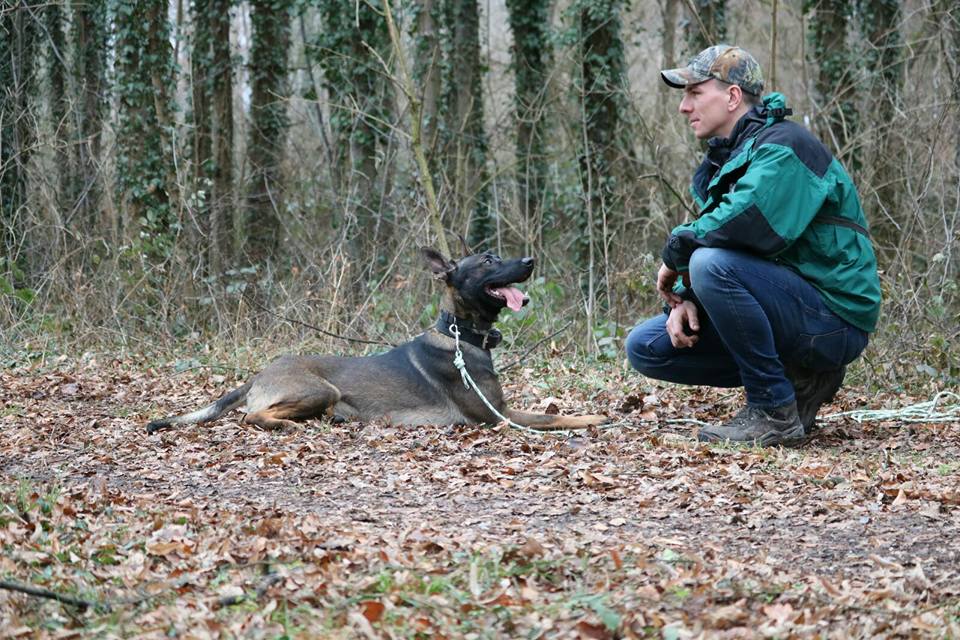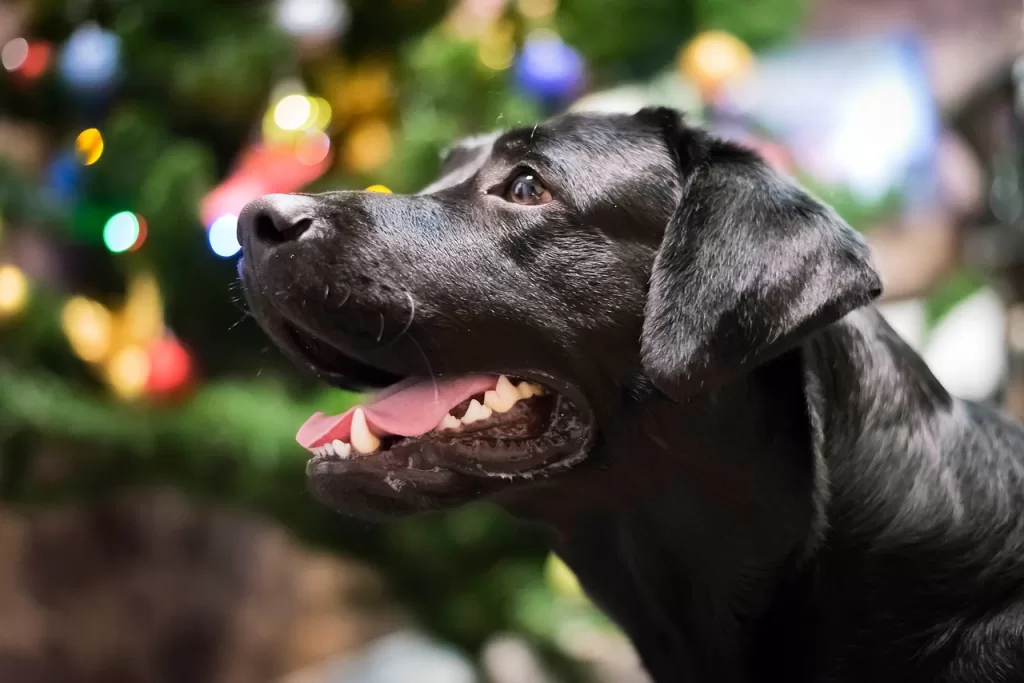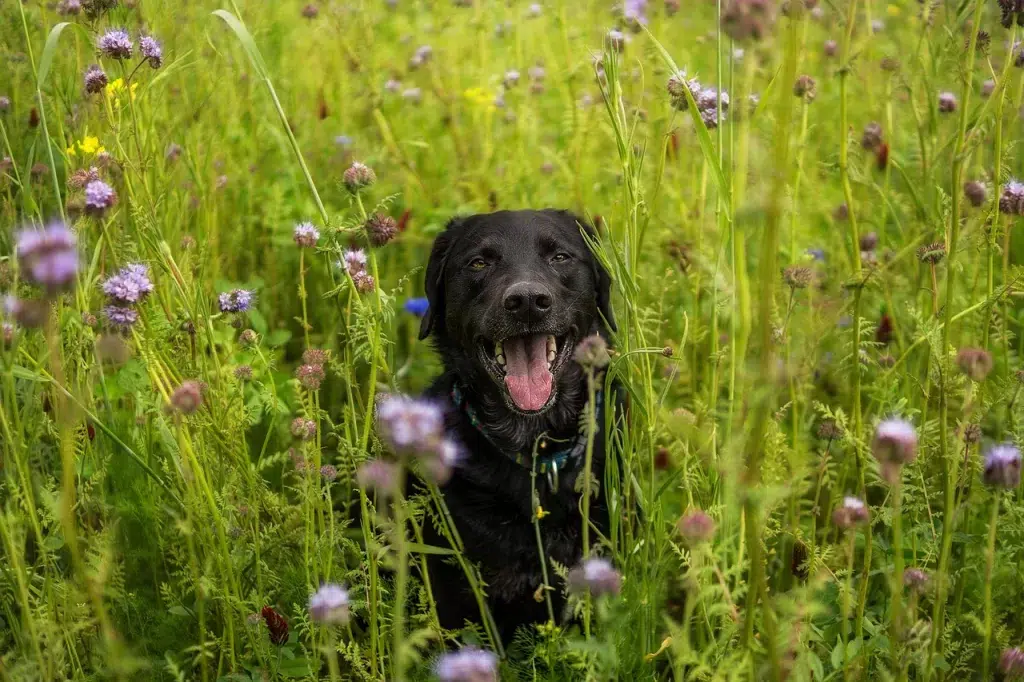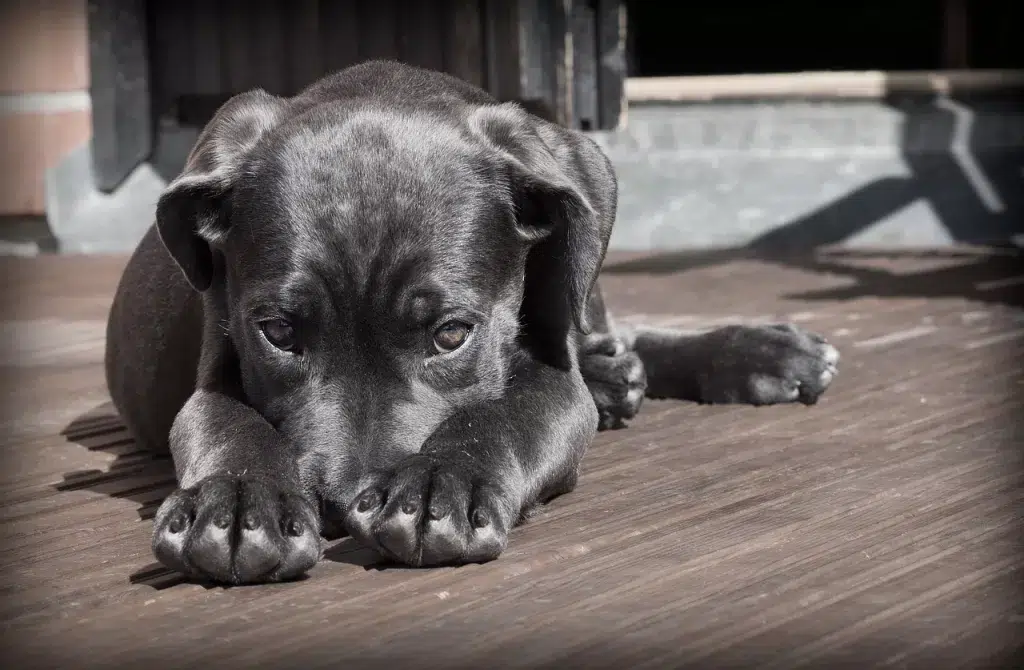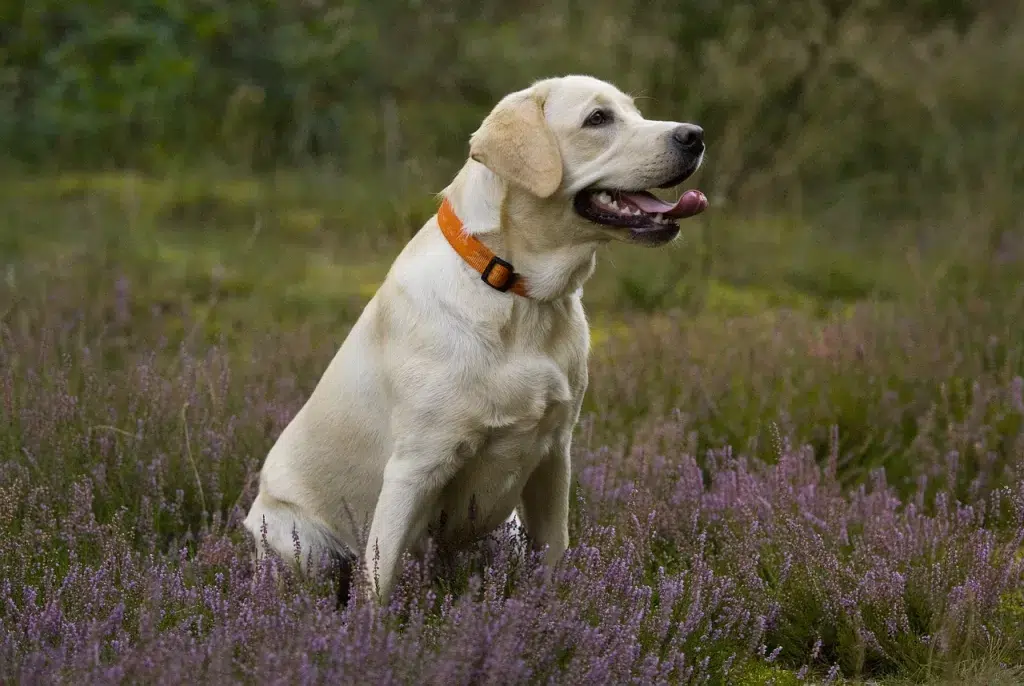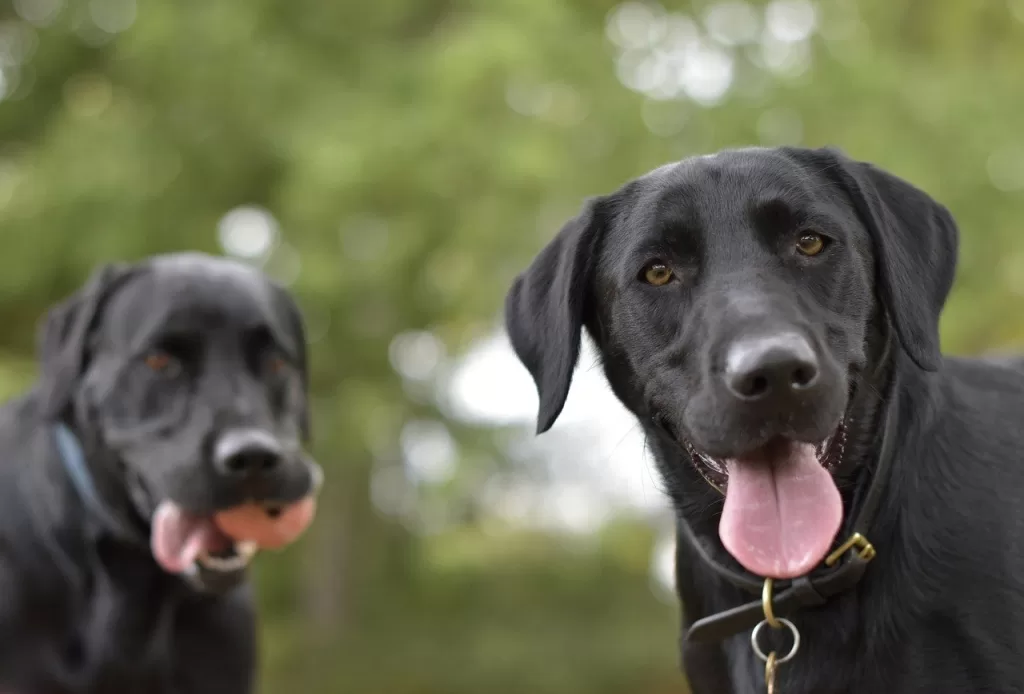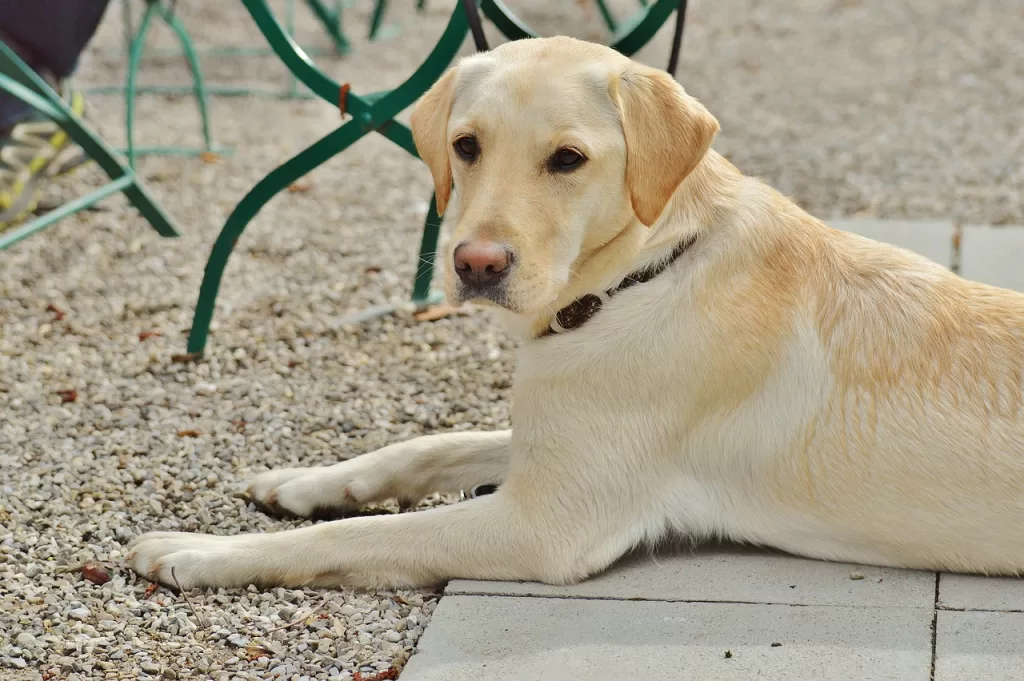Beyond Fetch: Innovative Games for Active Dogs
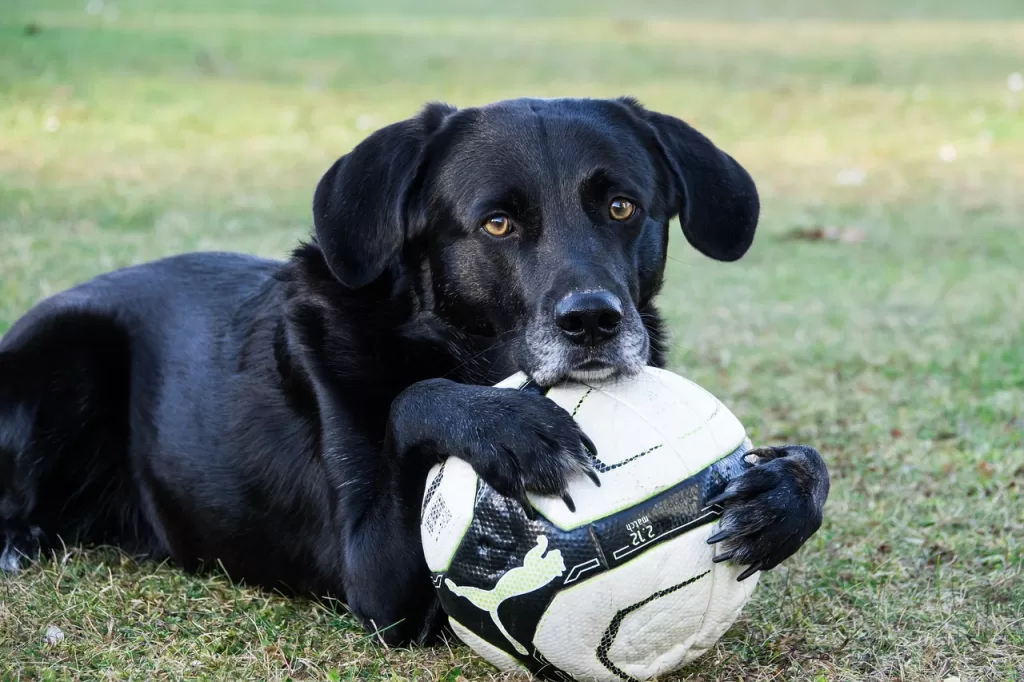
Introduction
Dogs are not just our loyal companions; they’re also bundles of energy that thrive on physical and mental stimulation. While a game of fetch is a classic go-to for many dog owners, there’s a world of innovative activities waiting to be explored. In this blog, we’ll delve into creative and engaging games that go beyond the traditional fetch routine, providing your furry friend with the mental and physical exercise they need.
Treasure Hunt with Treats:
Turn your dog’s playtime into a scavenger hunt! Hide treats around your house or in the backyard, and encourage your dog to find them. This game not only taps into their natural hunting instincts but also provides mental stimulation as they use their noses to track down hidden treasures.
Agility Course at Home:
Bring the excitement of an agility course to your own backyard. Set up obstacles like tunnels, jumps, and weave poles to create a mini agility course. This not only challenges your dog physically but also enhances their agility and coordination. Start with simple obstacles and gradually increase the difficulty as your dog becomes more confident.
Interactive Puzzle Toys:
Invest in interactive puzzle toys that dispense treats as your dog plays with them. These toys engage your dog’s problem-solving skills and keep them entertained for extended periods. From treat-dispensing balls to puzzle feeders, there are various options available to suit different preferences and skill levels.
Hide and Seek:
A classic game for kids, hide and seek can also be a blast for dogs. Have someone hold your dog while you find a hiding spot, then call them to come and find you. Not only is this game fun, but it also reinforces recall commands and builds a stronger bond between you and your furry friend.
Bubble Chasing:
Dogs are fascinated by moving objects, and bubbles can provide hours of entertainment. Use dog-friendly bubble solution and blow bubbles for your dog to chase and pop. It’s a simple yet effective way to keep them active and engaged.
Fetch with a Twist:
Give the traditional game of fetch a creative twist by incorporating new elements. Try using a frisbee, a buoyant water toy for a game of water fetch, or even a specially designed fetch machine that can launch balls at varying distances. These variations add an extra layer of excitement to a familiar favorite.
Conclusion
Keeping your active dog mentally and physically stimulated is crucial for their overall well-being. By introducing these innovative games into their routine, you not only provide the exercise they need but also strengthen the bond between you and your furry friend. So, step outside the conventional fetch box and embark on a journey of interactive and stimulating play that will leave your dog wagging their tail with joy.
Beyond Fetch: Innovative Games for Active Dogs Read More »

